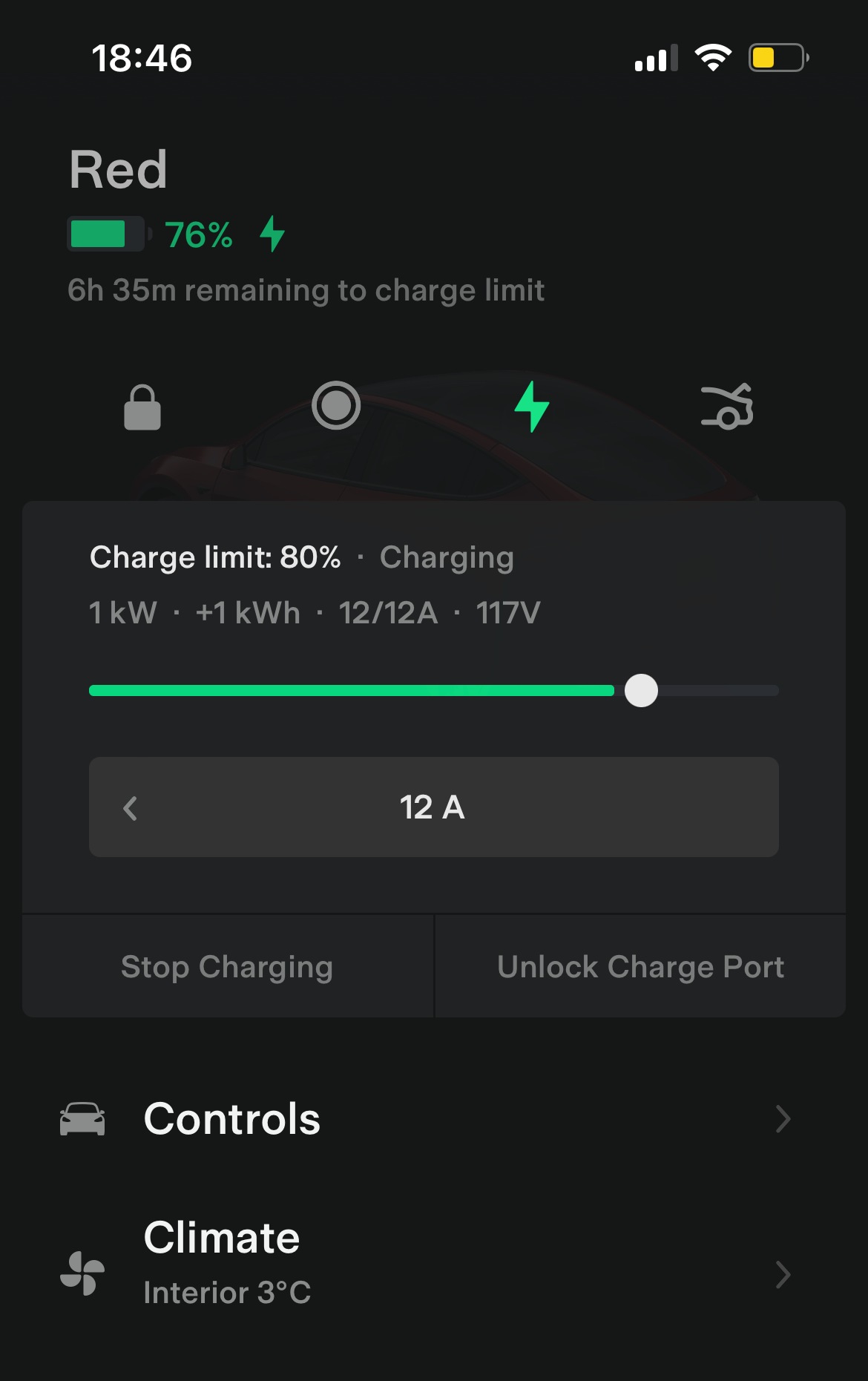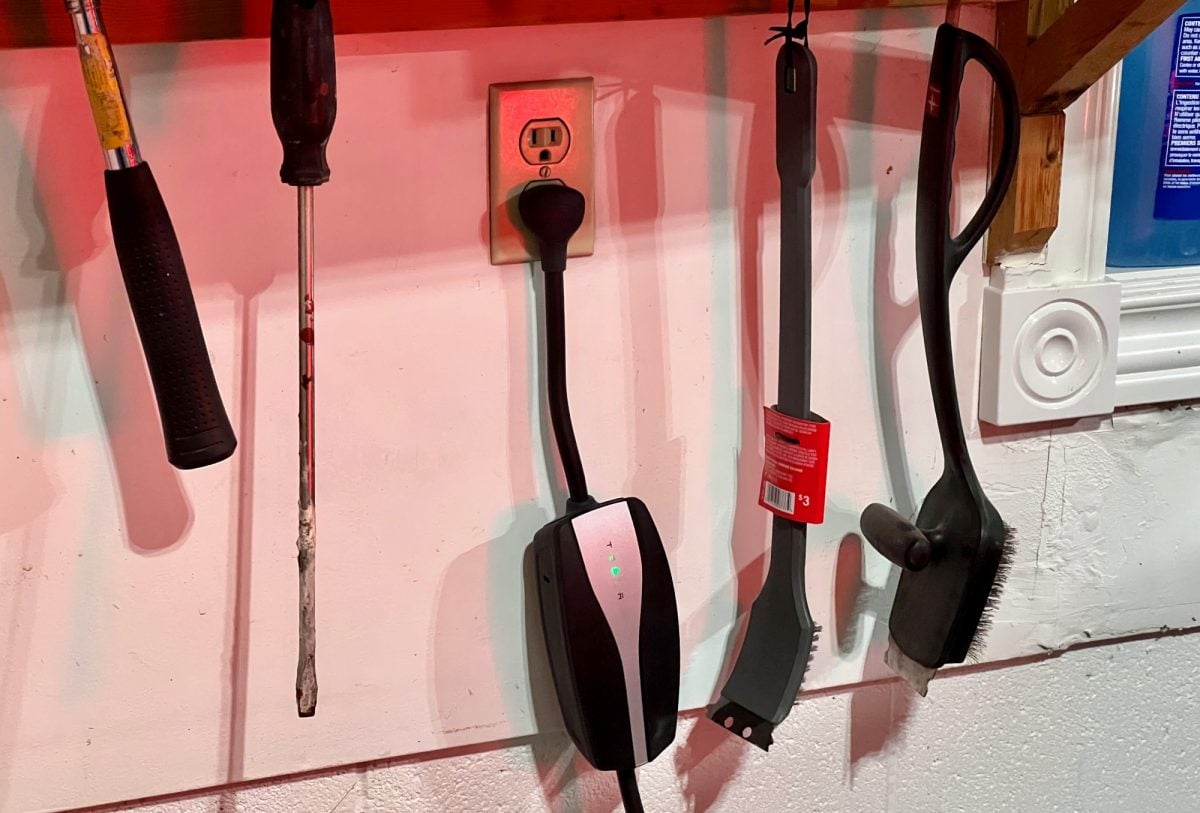Level 1 Best Case Scenario
Level 1 charging on 120 volts in North America is done at 12 amps because standard wall outlets have 15 amp circuits, and 80% of the maximum load is allowed to be pulled continuously. At 12 amps, Level 1 EV charging provides approximately 1.4 kW of power in ideal conditions, which is about 3-4 miles of range added per hour for most passenger car EVs.
Gaining 30-40 miles of range overnight may suit the needs of drivers with shorter commutes in warmer climates. But when the temperatures drop to around the freezing mark or lower, charging tends to slow down and you could wake up with less range than expected.
Battery Thermal Management System (BTMS)
This is because batteries in modern EVs have active thermal control systems to keep the batteries within optimal operating and storage temperature ranges. If the EV battery is too far outside the optimal temperature range of 68-77°F ( 20-25°C), the BTMS may begin to actively heat or cool the battery pack for better long-term performance. In practice, active cooling is only required after fast DC charging and active heating is necessary during winter weather.
Example – Tesla Battery Heating in Action
We’ve seen this behavior in our Tesla Model Y Long Range test vehicle. This model is widely believed to have an 82 kWh usable battery capacity. So each percent is about 0.82 kWh of energy. In the screenshot, you can see the car plugged into a 12A Level 1 charger at 117 volts, so it is pulling 1.4 kW from the wall. With a 76% state of charge and a charge limit set to 80%, the car is estimating a whopping 6.5-hour wait. Why so long? The ambient temperature in the garage was 37°F/ 3°C, and the car had just arrived from outdoors where the temperature was a few degrees colder.
In 6.5 hours, the car would have consumed 9.1 kWh from the grid at 12 amps to charge the 3.3 kWh needed to bring the car from 76% to 80%. In other words, the car must be spending ~2/3 (or ~1kW) of the available power for heating the battery pack. (not accounting for small charging losses)
In reality, the car won’t have to use heat the battery during the entire charging session unless it is extremely cold. But the screenshot still illustrates the problem, because the ETA clock is based on real-time energy going into the battery.
How can you avoid this issue? Park in a warmer environment, or consider upgrading to a Level 2 EV charger. Even if the EV is spending 1 kW to heat the battery, you likely won’t notice when charging at 7-11 kW, which are typical Level 2 EV home charging speeds.


